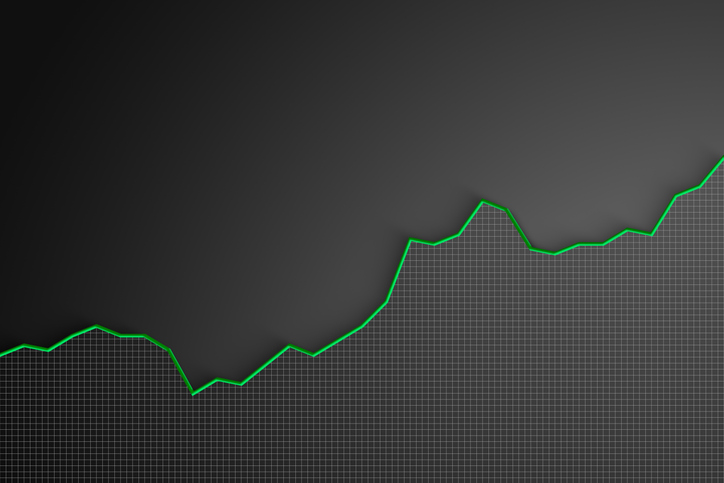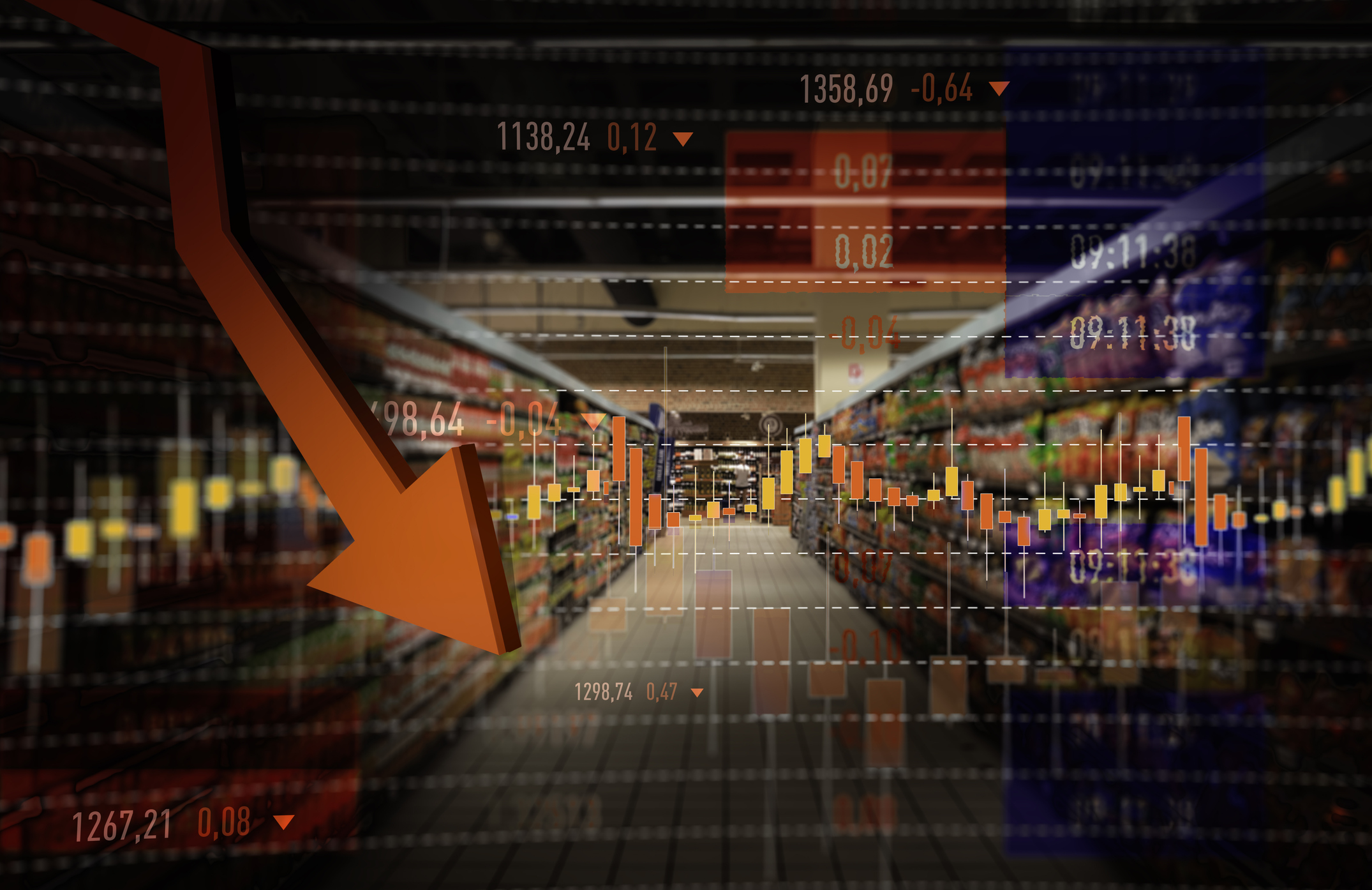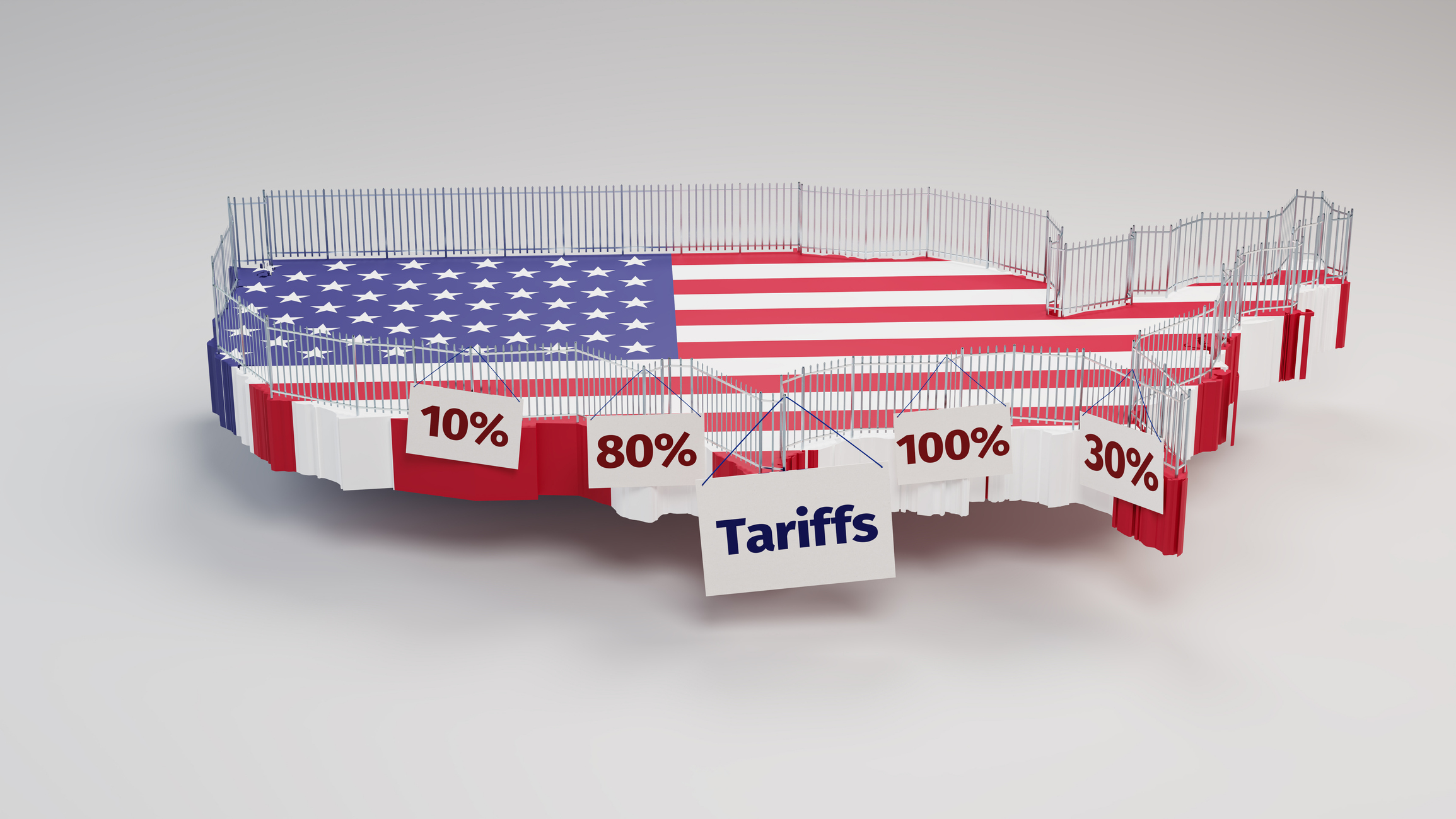Finding Safe Dividend Stocks
Not all stocks that pay out dividends are created equal. Here's how to evaluate them for growth and reliability.

Hunting for yield but fearful of getting burned? Here are four key questions that will help you "stress-test" a prospective dividend payer.
1) What is the stock's current yield? To get that figure, divide the current annualized dividend by the stock price. Typically, the higher the yield, the greater the likelihood that a company won’t raise its dividend much or, worse, could cut or eliminate it. You can compare a stock’s yield with that of the overall market; the average yield of the companies in Standard & Poor’s 500-stock index is 2%. But a better approach is to compare it with yields of other stocks in the same industry or sector.
When should you worry that the current yield is signaling high risk of a dividend cut? "If a stock's yield is three percentage points or more above its peer group, that's a warning sign," said Charles Carlson, editor of the DRIP Investor, a newsletter geared toward dividend investors. "It's the old rule: 'If it seems too good to be true, it probably is,' " he says. So be wary of chasing the highest yields.

Sign up for Kiplinger’s Free E-Newsletters
Profit and prosper with the best of expert advice on investing, taxes, retirement, personal finance and more - straight to your e-mail.
Profit and prosper with the best of expert advice - straight to your e-mail.
2) What is the stock's dividend payout ratio? This ratio is calculated by dividing the annualized dividend rate by a company's annual earnings per share. In general, the lower the payout ratio, the more room a company has to raise its dividend.
What's a normal payout ratio? That depends on the industry. Slow-growing electric utilities, for example, typically pay out the majority of earnings as dividends. Companies in fast-growing industries have lower payout ratios — say, 25% — because they are reinvesting heavily in the business. You can easily see a stock's payout ratio and its history on the free portion of Morningstar's Web site. Punch in the stock’s symbol, then click on "key ratios."
Also look at "free cash flow" per share. Free cash flow measures the cash a company generates beyond what it needs to maintain its basic business. So declining or stagnant free cash flow may limit a company's ability to boost dividends.
3) What is the recent history of dividend changes? Plenty of companies pay lip service to being generous with dividends. But actions speak louder than words. Look at the past few years of a company's dividend payments (most firms list this on their investor-relations Web page). Has the pace of increase been rising or slowing?
Carlson advises long-term investors to choose accelerating growth over high current yield, for the inflation protection a rising dividend provides. "I'd take the 2% yielder versus the 3% yielder if you're going to get more growth in the dividend with the 2% yielder," he says.
4) Are new threats emerging that could dim a company's profit and dividend growth? The 2008 financial crash was a "black swan" – a development that few people foresaw. But many threats to companies' fortunes develop more gradually.
A major debate today is over the minimum wage and whether it should be raised significantly. That could help narrow the income-inequality gap in America — but it also could slam companies such as Wal-Mart Stores (WMT), McDonald's (MCD) and other dividend-stock favorites. As a result, profits at many consumer-oriented companies could come under pressure, says Kelley Wright, managing editor of the newsletter Investment Quality Trends, which evaluates dividend stocks, and that could force them to slow the pace of dividend increases and perhaps even cut their payouts down the road.
With any stock, Wright says, watch for three warning signs of dividend trouble: marked deceleration in a company's dividend increases; a rise in the payout ratio because the dividend keeps rising while earnings are slowing or falling; or, simply, a stagnating stock price.
Get Kiplinger Today newsletter — free
Profit and prosper with the best of Kiplinger's advice on investing, taxes, retirement, personal finance and much more. Delivered daily. Enter your email in the box and click Sign Me Up.

-
 Stock Market Today: Stocks Soar on China Trade Talk Hopes
Stock Market Today: Stocks Soar on China Trade Talk HopesTreasury Secretary Bessent said current U.S.-China trade relations are unsustainable and signaled hopes for negotiations.
By Karee Venema
-
 2026 Disney Dining Plan Returns: Free Dining for Kids & Resort Benefits
2026 Disney Dining Plan Returns: Free Dining for Kids & Resort BenefitsPlan your 2026 Walt Disney World vacation now. Learn about the returning Disney Dining Plan, how kids aged three to nine eat free, and the exclusive benefits of staying at a Disney Resort hotel.
By Carla Ayers
-
 Walmart's Transformative Ways Spark a 100,000% Stock Return
Walmart's Transformative Ways Spark a 100,000% Stock ReturnWalmart's strategic store expansion and relentless cost-cutting have catapulted its share price over the years.
By Louis Navellier
-
 Stock Market Today: Dow Dives 748 Points as UnitedHealth Sells Off
Stock Market Today: Dow Dives 748 Points as UnitedHealth Sells OffA services-sector contraction and a worse-than-anticipated consumer sentiment reading sent bulls scrambling Friday.
By Karee Venema
-
 Stock Market Today: Growth Concerns Drag on Stocks
Stock Market Today: Growth Concerns Drag on StocksForward-looking commentary from a major retailer outweighed its backward-looking results as all three major equity indexes retreated on Thursday.
By David Dittman
-
 Walmart Is the Worst Dow Jones Stock After Earnings. Here's Why
Walmart Is the Worst Dow Jones Stock After Earnings. Here's WhyWalmart stock is sinking Thursday as the retail giant's dreary outlook offsets a fourth-quarter earnings beat and dividend hike. Here's what you need to know.
By Joey Solitro
-
 How Do Tariffs Impact the Stock Market?
How Do Tariffs Impact the Stock Market?Trump's tariff announcement sent shockwaves through the stock market, and there are still a lot of moving parts. Here, we look at what impact tariffs have on the stock market and your portfolio.
By Charles Lewis Sizemore, CFA
-
 Stock Market Today: Stocks End a Strong Year With a Whimper
Stock Market Today: Stocks End a Strong Year With a WhimperThe S&P 500 notched its first back-to-back 20%+ annual returns since the late 1990s.
By Karee Venema
-
 The Best Retail Stocks to Buy and Hold
The Best Retail Stocks to Buy and HoldE-commerce is a growing trend, but most folks still prefer to shop in stores. That makes these dominant retail stocks worth a closer look.
By Louis Navellier
-
 Stock Market Today: Dow, S&P 500 Hit New Highs on Black Friday
Stock Market Today: Dow, S&P 500 Hit New Highs on Black FridaySentiment was bullish on the final trading session of November, with chip stocks leading the charge.
By Karee Venema